current thoughts on geothermal?
K_ Dub
3 years ago
Featured Answer
Sort by:Oldest
Comments (52)
just_janni
3 years agoSabrina Schimmelfing
3 years agoRelated Discussions
regular geothermal vs. direct geothermal
Comments (36)Geothermal HVAC Myths Busted https://www.minisplitunit.org/ 1. Geothermal HVAC systems are not considered a renewable technology because they use electricity 2. Photovoltaic and wind power are more favorable renewable technologies when compared to geothermal HVAC systems. 3. Geothermal HVAC needs lots of yard or real estate in which to place the polyethylene piping earth loops. 4. Geothermal HVAC heat pumps are noisy. 5. Geothermal systems eventually “wear out.” 6. Geothermal HVAC systems only work in heating mode. 7. Geothermal HVAC systems cannot heat water, a pool, and a home at the same time. Fact: Systems can be designed to handle multiple loads simultaneously. 8. Geothermal HVAC systems put refrigerant lines into the ground. 9. Geothermal HVAC systems use lots of water. 10. Geothermal HVAC technology is not financially feasible without federal and local tax incentives....See MoreGeothermal & www.geothermalgenius.org
Comments (1)Link Here is a link that might be useful: Geothermal Genius...See MoreGeothermal - Permit not pulled...what now???
Comments (6)First of all - donâÂÂt panic! I had a somewhat similar incident when we installed our geothermal system. Someone from the municipality happened to drive by and just about went berserk when he saw what was going on with 2-drill rigs, massive compressors and tracked excavators etc. He asked if we had permits; I informed him that we didnâÂÂt. He didnâÂÂt say stop all work, which we wouldnâÂÂt have done in any case but he did take MANY digital photos of the work site and informed me that he will be submitting them to the Engineering Department. Our municipality has no permit requirement; I guess they havenâÂÂt figured out yet how to tax it. I have since heard from the cityâÂÂs chief engineer on 2 occasions, once to consult with him on converting the municipal swimming pool, sports complex, indoor skating rink, and municipal garage - all separate buildings, to geothermal. The other occasion was when he himself was interested in a geothermal conversion of his own home. Why am I telling you this? HereâÂÂs the bottom line. Many, perhaps MOST municipalities have NO regulations or by-laws concerning geothermal installations. If itâÂÂs not on the books, they leave you alone. Most wouldnâÂÂt even know what or how to inspect them. So, if your municipality has no by-laws on the books then almost certainly no permit is required and youâÂÂre home free - literally. Furthermore, if by-laws were adopted AFTER your installation was done then you should be exempted and grandfathered! Some jurisdictions that have brought in permit requirements have absolutely killed geothermal for all but commercial and institutional projects, as the permit requirement requires an engineering study to be performed and having a professional engineer sign off on the project. This could easily add $10k to the cost of a residential project making it untenable. Commercial or institutional geothermal projects always have the engineering requirement so itâÂÂs no big deal and already factored in. As a case in point to illustrate the effect of regulation, after 1-geothermal driller encountered natural occurring natural gas in 1-residential geothermal borefield, a province wide moratorium was placed on ALL geothermal drilling everywhere in Ontario with the requirement of proving that any project - even residential, conform to and comply with EPA regulation. ItâÂÂs like trying to get EPA and governmental approval to build a pipeline in you front yard! Imagine the cost⦠SR Here is a link that might be useful: CGC - Moratorium On Drilling...See MoreTo Geothermal or not to Geothermal?
Comments (12)" is there a compelling case to do a geo system? " In some situations, yes, in many more situations, no. Any system designed and installed by a competent contractor will meet your needs and provide the temperature comfort you desire, no matter what kind of equipment is used. The differences among the different choices that you need to address are acquisition costs and operating cost. If you have natural gas service, a ground source (geothermal) heat pump will be considerably more expensive to buy/install and more expensive to operate. . If you don't, some kind of heat pump system (whether air or ground source) could be a good choice. You're not going to get definitive guidance here. If you have an excellent contractor as you say, ask them to do the technical assessment and then present fully costed out alternatives, including projected usage costs over the course of a year. That information will help guide your decision. Good luck...See Morejrb451
3 years agolast modified: 3 years agoUser
3 years agosktn77a
3 years agofsq4cw
3 years agolast modified: 3 years agoUser
3 years agoSeabornman
3 years agosktn77a
3 years agoSeabornman
3 years agoK_ Dub
3 years agorobin0919
3 years agoCharles Ross Homes
3 years agoJoshua Brost
3 years agolast modified: 3 years agojrb451
3 years agolast modified: 3 years agomike_home
3 years agoElmer J Fudd
3 years agolast modified: 3 years agoJoshua Brost
3 years agoSeabornman
3 years agoJoshua Brost
3 years agofsq4cw
3 years agolast modified: 3 years agotaconichills
3 years agoElmer J Fudd
3 years agolast modified: 3 years agojrb451
3 years agoDavid Cary
3 years agolast modified: 3 years agoElmer J Fudd
3 years agofsq4cw
3 years agojust_janni
3 years agofsq4cw
3 years agolast modified: 3 years agoroccouple
3 years agolast modified: 3 years agofsq4cw
3 years agolast modified: 3 years agoJoshua Brost
3 years agofsq4cw
3 years agolast modified: 3 years agoElmer J Fudd
3 years agolast modified: 3 years agorwiegand
3 years agofsq4cw
3 years agoCharles Ross Homes
3 years agoElmer J Fudd
3 years agojrb451
3 years agoElmer J Fudd
3 years agolast modified: 3 years agomtvhike
3 years agoCharles Ross Homes
3 years agolast modified: 3 years agoElmer J Fudd
3 years agofsq4cw
3 years agolast modified: 3 years agotaconichills
3 years agoElmer J Fudd
3 years agolast modified: 3 years agorobin0919
3 years agoopaone
3 years agorwiegand
3 years ago
Related Stories
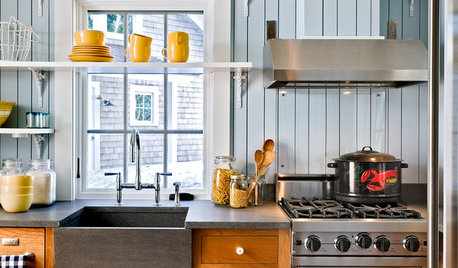
KITCHEN DESIGNCurrent Events for Traditional Kitchens
Breaking with tradition is a good thing for kitchens stuck in yesteryear. These 10 contemporary updates will help you leave the past behind
Full Story
COLOR10 Color Combos You Never Thought Would Work
Orange and blue? Purple and green? Yes and yes. Unlikely pairings can look great if you do them right
Full Story
MY HOUZZThoughtful Refresh for a Historic Home in Illinois
A couple — a boutique owner and a contractor — unearth structural gems original to their 1880s Chicago-area Victorian
Full Story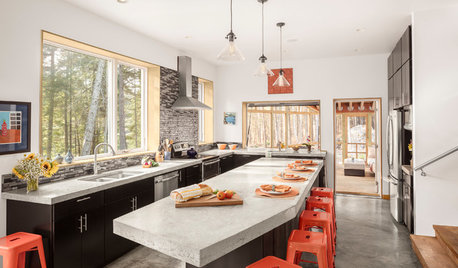
KITCHEN ISLANDSNew This Week: 5 Kitchen Island Shapes You Haven’t Thought Of
Going a bit abstract with your island design can get you more room for seating, eating, prep and personal style
Full Story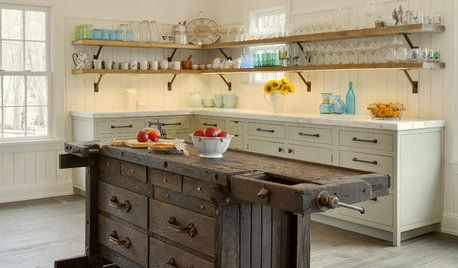
KITCHEN ISLANDSNew This Week: 3 Kitchen Island Ideas You Haven’t Thought Of
See how a custom, personalized feature on an island can change your kitchen’s look, feel and function
Full Story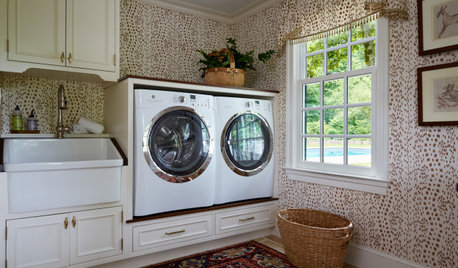
HOUZZ TV LIVE3 Laundry Room Ideas You Might Not Have Thought Of
Three home design professionals share smart ideas that could significantly improve the function of your space
Full Story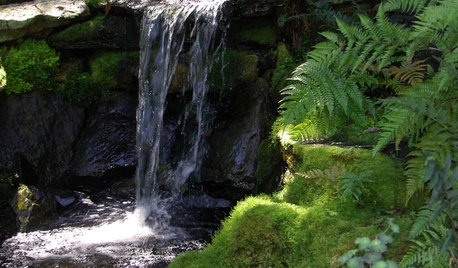
LANDSCAPE DESIGN9 Ideas for Thoughtful Gardening in 2014
Start the year with a new way of thinking about your yard. Does one of these garden experiences sound good to you?
Full Story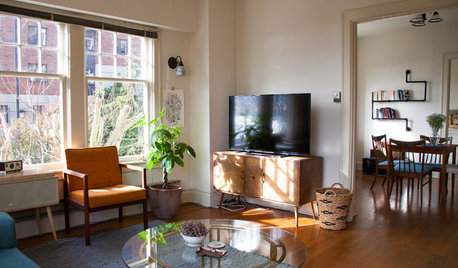
HOUZZ TOURSMy Houzz: Thoughtful, Eclectic Style for a Sunny Seattle Apartment
Creative couple builds their first home together piece by piece in a sun-filled rental
Full Story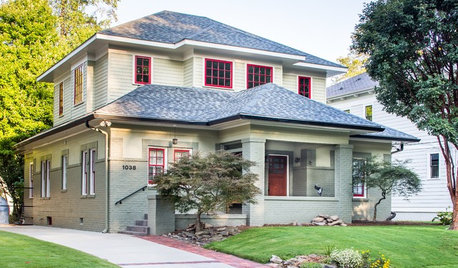
CRAFTSMAN DESIGNHouzz Tour: Thoughtful Renovation Suits Home's Craftsman Neighborhood
A reconfigured floor plan opens up the downstairs in this Atlanta house, while a new second story adds a private oasis
Full Story
BATHROOM DESIGN8 Bathroom Mirror Ideas You Might Not Have Thought Of
Consider these solutions for awkward layouts or to just bring a little fun
Full Story


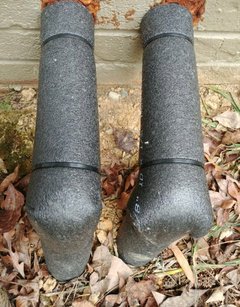

fsq4cw